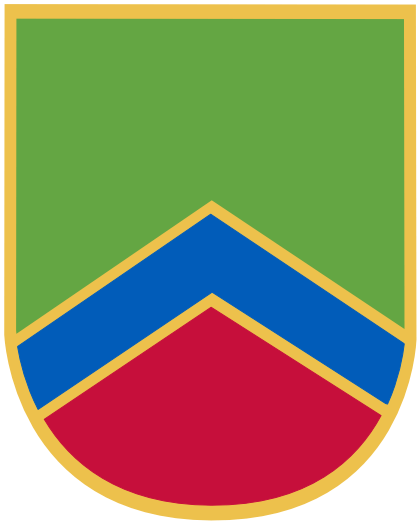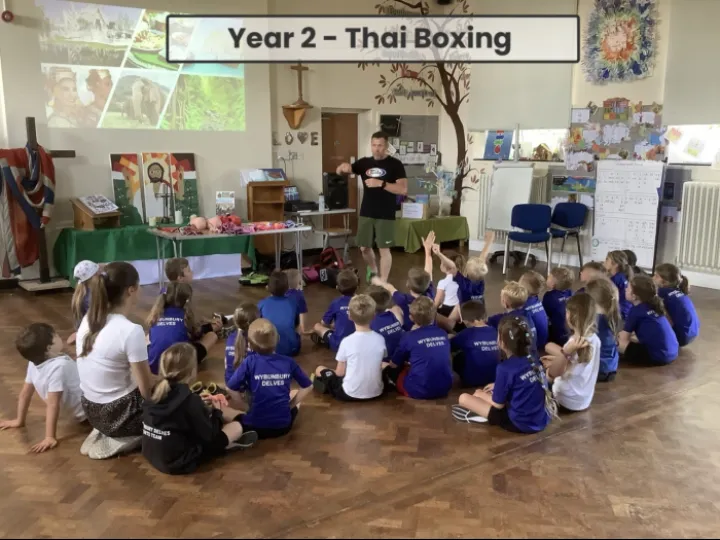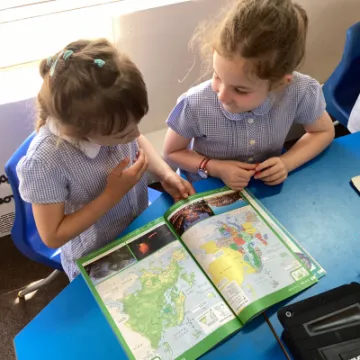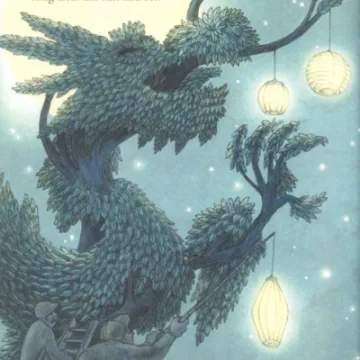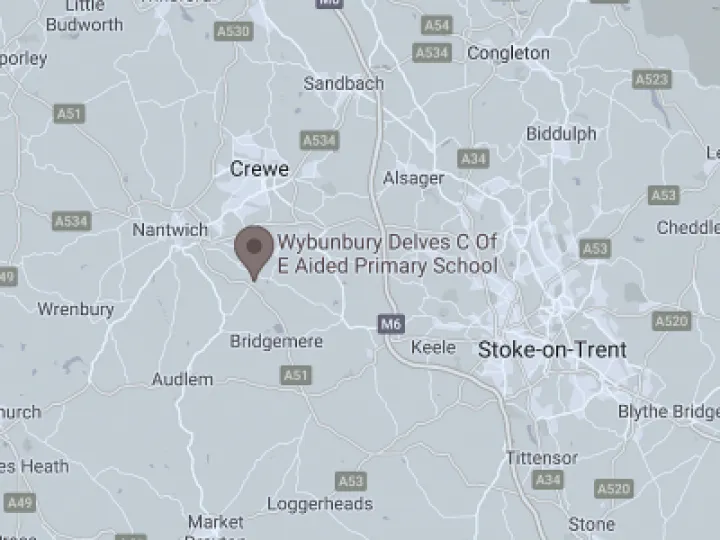Y2 News: 23.6.23
What a fantastic week of learning we have had!
During our English lessons this week, we made progress in our "Read to Write" unit based on the book "The Night Gardener." Our focus was on analysing the text in greater detail and selecting key vocabulary to enhance our writing. To begin, we closely examined the model text provided and identified the specific words and phrases that stood out to us. These carefully chosen vocabulary items served as inspiration for our own descriptive writing. Using a "zoom in" approach, we created a detailed plan that highlighted four different aspects of the picture we were describing. These included the mesmerising night sky, the luminous moon, the flickering lanterns, and the majestic dragon tree. Each day, we dedicated our writing sessions to building paragraphs around these individual elements, ensuring that we captured their essence and brought them to life on the page. Throughout the week, we employed various writing techniques to enhance our descriptions. We incorporated adjectives to add vividness and depth, creating a sensory experience for the reader. Expanded noun phrases allowed us to provide more specific details and paint a clearer picture in the reader's mind. Additionally, we experimented with sentence length, crafting both short and long sentences to create a pleasing rhythm and maintain the reader's interest. One notable aspect of our writing was the impressive vocabulary we employed. We sought out interesting and sophisticated words to convey our ideas, elevating our descriptions and making them more engaging. As we head into the next week, our focus will shift to the final component of our descriptions--the captivating dragon tree. We will apply the skills we have developed throughout the unit to complete our writing, ensuring that our portrayal of the dragon tree is as captivating as the other elements we have explored.
During our maths lessons this week, we focused on telling time to and past the hour. To make this concept more tangible and interactive, we utilised the interactive clocks on our iPads. We began by discussing the structure of the clock, identifying the hour hand and the minute hand. We learned how to read the time when the minute hand points directly to the 12, indicating the exact hour. We practised reading various examples of time, such as 3 o'clock, 6 o'clock, and so on. Next, we delved into telling time beyond the hour. We learned how to interpret the position of the minute hand, which represents the minutes that have passed since the previous hour. By observing the location of the minute hand, we could determine the time in terms of minutes past the hour. To reinforce our understanding, we engaged in a variety of activities and answered questions related to telling time. We used the interactive clocks on the iPads to visualise the movement of the hour and minute hands, enabling us to read the time accurately. By the end of the week, we had developed confidence in telling time both to and past the hour. Our practice with interactive clocks and the range of questions we answered allowed us to apply our knowledge effectively. We can now read and interpret time more proficiently, which is a valuable skill for daily life.
During our Steps to Read sessions this week, we embarked on a literary adventure with the book "The Real Boat." This captivating story provided us with an opportunity to delve into its language, uncover its key messages, and enhance our comprehension skills. We began by immersing ourselves in the text, reading it aloud and discussing its language features. We explored the author's use of descriptive words, vivid imagery, and figurative language to bring the story to life. By closely examining the language, we gained a deeper understanding of the author's intentions and the emotions conveyed within the narrative. To enhance our comprehension, we engaged in a series of thought-provoking questions. We analysed the plot, characters, and themes, considering the motivations and actions of the story's protagonists. Through these discussions, we sharpened our ability to interpret and draw meaning from the text.
During our Science lessons this week, we wrapped up our exciting unit on plants. We began the lesson by revisiting the plant growing experiment that we had been conducting over the past few weeks. We carefully observed and measured the growth of our plants, noting any changes and recording our findings. We analysed our results and drew conclusions about which plant grew the most and why. We took into account various factors such as sunlight exposure, water supply, and soil quality, which played a significant role in the plants' growth. Through this process, we deepened our understanding of the conditions necessary for healthy plant development. To demonstrate our overall learning from the unit, we then undertook an assessment. This assessment allowed us to showcase the knowledge and skills we acquired throughout our exploration of plants. Well done, Year 2!
During our Design and Technology (DT) lessons this week, we delved further into our unit on mechanisms. Our focus was on wheel mechanisms, where we explored how wheels rotate on an axle. It was an exciting opportunity to learn about the fundamental principles behind this essential mechanical component. To bring our learning to life, we engaged in a hands-on activity. We constructed mini wheel mechanisms that would add a touch of magic to a traditional tale story. Throughout the process, we employed cutting and measuring skills to ensure precision and accuracy in our designs. With creativity and imagination, we carefully assembled the components, considering how the wheels would rotate smoothly on the axle. We paid attention to the alignment and balance of the wheels to achieve optimal functionality. As we brought our mini wheel mechanisms to completion, we marvelled at the mechanics behind their movement. By exploring and constructing these wheel mechanisms, we gained a deeper understanding of how wheels and axles work together. We developed problem-solving skills as we encountered challenges along the way, finding innovative solutions to ensure the smooth rotation of our mechanisms.
During our HeartSmart sessions this week, we delved deeper into our unit on "No Way Through Isn't True." Our focus was on understanding the value of challenges and problems in our lives, and how they contribute to personal growth and resilience. To explore this concept visually, we engaged in a creative activity. We created rain clouds using art materials, symbolising the problems and challenges we encounter. Each raindrop represented a specific problem or difficulty we have faced. As we added the rain droplets to our rain clouds, we reflected on the nature of problems and how they can sometimes feel overwhelming or discouraging. However, we learned an important lesson: without problems, we cannot experience the beauty of a rainbow. Just like how raindrops are necessary for the formation of a rainbow, challenges and problems are essential for personal growth and development. They provide opportunities for us to learn, adapt, and find creative solutions. Through overcoming obstacles, we discover our strengths, resilience, and the ability to navigate life's ups and downs. By visualizing our problems as raindrops and understanding their role in our personal journey, we embraced a positive perspective. We recognized that challenges are not roadblocks but stepping stones toward personal growth, resilience, and the formation of our own "rainbow."
During our Computing lessons this week, we focused on the importance of staying safe online. We engaged in meaningful discussions about the potential risks and hazards that can arise when using the internet and explored strategies for maintaining online safety. To reinforce our understanding and raise awareness among our peers, we took on a creative project. Using the digital platform Seesaw, we designed online safety posters. These posters aimed to educate and remind others about the best practices and precautions to take while navigating the online world. We began by brainstorming key messages and tips for staying safe online. We covered topics such as creating strong and unique passwords, being cautious when sharing personal information, identifying and reporting online threats or inappropriate content, and practising responsible digital citizenship. With our ideas in mind, we used Seesaw's interactive tools to bring our posters to life. We incorporated eye-catching visuals, informative text, and engaging designs to effectively convey our messages. Through vibrant colours, bold fonts, and relevant images, we aimed to capture attention and encourage others to take online safety seriously.
During our Geography lessons this week, we embarked on an exciting journey exploring the wonders of the world. We began by engaging in a thought-provoking discussion about what we believed the term "wonders of the world" meant. We shared our ideas and contemplated the significance of these renowned landmarks and sites. After our initial exploration, we dedicated the rest of the afternoon to revisiting and reinforcing our knowledge of continents and oceans. We recognized the importance of understanding the geography of our planet as we delve into the wonders it holds. To enhance our learning experience, we turned to interactive iPad games that offered engaging challenges and activities related to continents and oceans. These games allowed us to apply our knowledge in a fun and interactive way, reinforcing our understanding of these geographical features. Furthermore, we made use of atlases to further deepen our understanding. We familiarise ourselves with the layout and structure of atlases, discovering how they can serve as valuable resources for gathering information about different regions, countries, and geographical features. Through the use of atlases, we honed our map-reading skills, locating continents and oceans with ease and precision.
In Music: "We liked this song as it was about dinosaurs. However, in the introduction and verse 1, we were saddened to listen to how dinosaurs are never coming back. We know this, but thinking about the changes our planet has already gone through, we know there will be more to come."
During our RE lessons this week, we delved deeper into our exploration of Judaism, a rich and ancient religious tradition. Our focus centred on two important aspects of Jewish practice: the Menorah and the Torah. We began by studying the Menorah, a significant symbol in Jewish culture. We learned that the Menorah is a seven-branched candelabrum, traditionally associated with the story of Hanukkah. We explored the symbolism behind the Menorah and its connection to the miracle of the oil that burned for eight days. Through discussions and visual aids, we gained a deeper understanding of the Menorah's significance as a symbol of light, hope, and faith. Next, we turned our attention to the Torah, which holds a central place in Jewish religious life. We learned that the Torah refers to the sacred scriptures of Judaism, containing the teachings and laws that guide Jewish beliefs and practices. We explored the physical attributes of the Torah, including its scrolls, coverings, and decorative elements. We discussed the reverence and respect with which the Torah is treated and the rituals associated with its reading and study.
Have a fantastic weekend,
Mr Dale
Quick Links
Contact Us
office@wybunburydelves.co.uk
01270 841302
Wybunbury Delves
Bridge Street
Wybunbury
Nantwich
CW5 7NE
